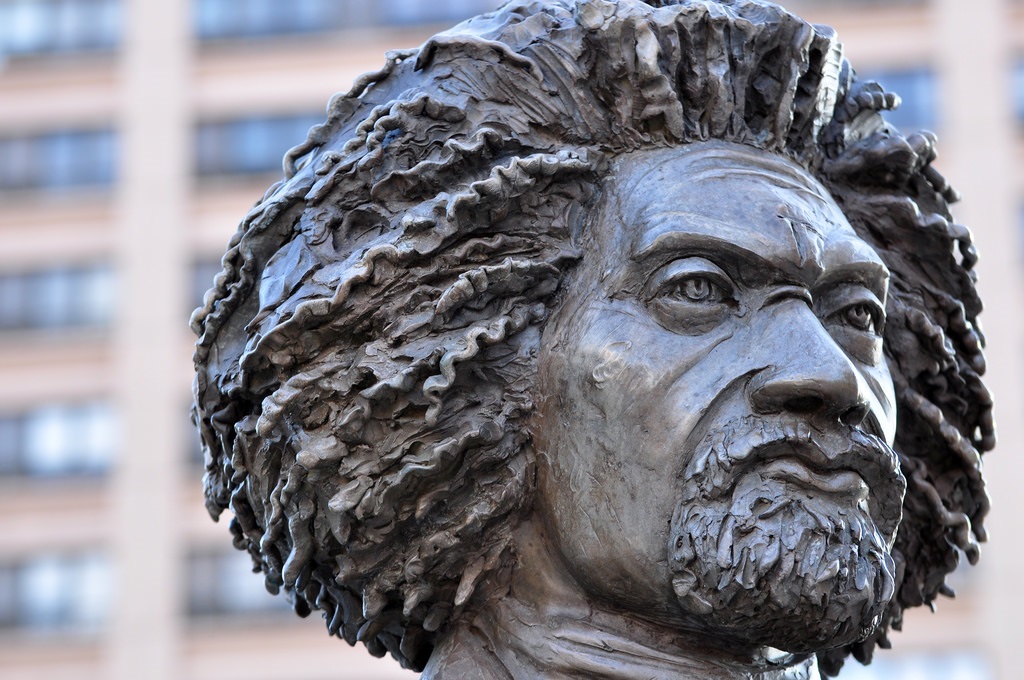Fearfully and unsurely, Frederick Douglass took his place at the podium. A group of abolitionists who had travelled to Nantucket, Massachusetts, sat before him.
Despite being only 23, Douglass overcame his anxiety and delivered an impressive speech about his experiences as a slave. For the rest of his life, Douglass would be a prominent voice advocating for the end of slavery and for civil rights for people of colour in his many speeches.
After seven years of relative ease in Baltimore, Douglass was shipped out to the countryside and contracted out to work on a farm owned by a man named Edward Covey, who was known for his brutality toward slaves.
Moreover, he was subjected to extremely harsh treatment. Douglass, who was beaten frequently and starved, became “broken in body, soul, and spirit.”
For the rest of his life, Frederick Douglass would work tirelessly to improve conditions for African Americans. During the Civil War, he talked to President Lincoln and enlisted black men from the north to fight for the Union. After WWII, he advocated for the equality of sexes and racial minorities.
Where Did Frederick Douglass Spend His Childhood?
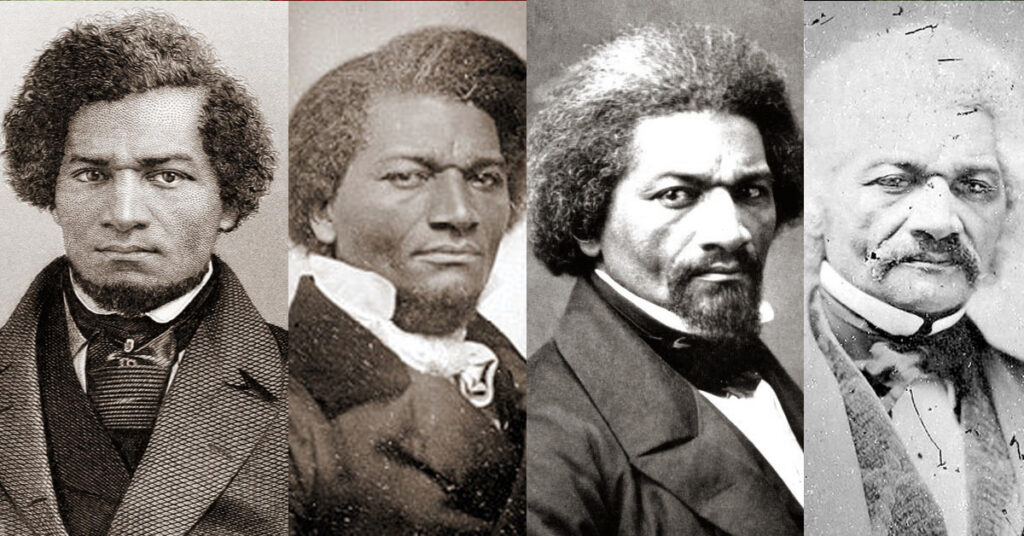
To put it simply, Frederick Douglass’s birthplace was a plantation in Talbot County, Maryland. Given that Frederick’s mother was a slave, he was born into that position as well. Frederick Bailey was actually his birth name.
Both his father’s identity and his own birthday were unknown to him. He calculated his year of birth to be 1818 and settled on February 14 as the day to commemorate.
A Slave’s Everyday Struggles
Slavery was a terrible experience for anyone, but particularly for a young child. Frederick, only seven years old at the time, was shipped off to the Wye House plantation. His mother passed away when he was only ten years old, thus he had little contact with her. Several years later, he was dispatched to Baltimore to serve the Aulds.
Also read: All Information About National Judy Day Updated 2023
Educating Oneself To Read
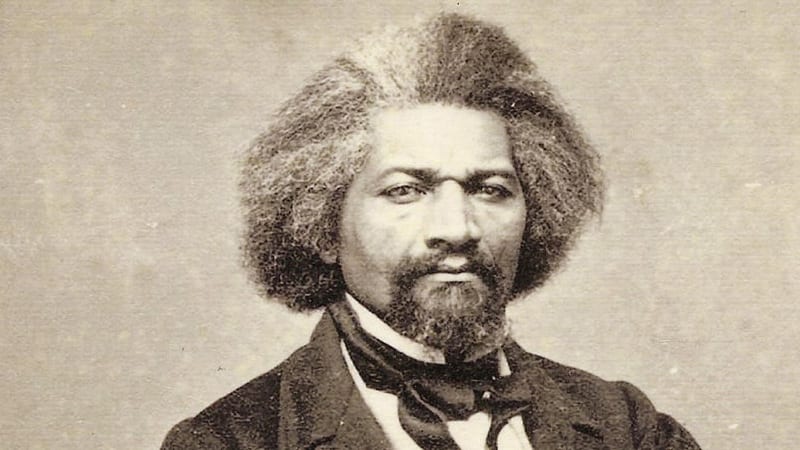
Frederick was taught the alphabet by his enslaver’s wife, Sophia Auld, when he was about twelve years old. After learning that his wife had been teaching Douglass to read in violation of the law, Mr. Auld forbade her to continue the lessons.
But Frederick was a bright young guy who was eager to expand his horizons and learn to read. Secretly, he learned himself to read and write by watching the white youngsters at school.
After Douglass picked up the reading skills he needed, he began to educate himself about his newfound interest: slavery. As a result, he started to think about issues like human rights and how people should be treated.
He also helped his other slaves learn to read, but this led to his own downfall. His enslaver took him to another farm and beat him there to break his will. But this only made Douglass more determined to free himself.
Also read: When Does The Resident Alien Plan To Return? What Will Happen In The Third Season?
Deliverance And Independence
To get away from his captors in 1838, Douglass made meticulous plans. He went into hiding under the garb of a sailor and equipped himself with documents verifying his status as a free black seaman.
He took a northbound train on September 3, 1838. Within 24 hours of his release, Douglass had arrived in New York. His first wife was named Anna Murray, and he later changed his surname to Douglass after their marriage. They eventually made New Bedford, Massachusetts their permanent home.
Abolitionist
While in Massachusetts, Douglass connected with anti-slavery advocates. Abolitionists were those who sought to “abolish” slavery. Frederick started sharing his perspective as a former slave at gatherings.
He had a way with words, and his story had a profound effect on his audience. He gained fame, but it put him in harm’s way of being recaptured by his former masters. Douglass fled to Ireland and Britain, where he kept up his anti-slavery activism when authorities there began to take notice of him.
Also read: All About Museum Selfie Day, History, Facts 2023
Author
Frederick Douglass documented his experiences as a slave in his autobiography, The Narrative of the Life of Frederick Douglass. The book was an instant hit with readers. My Bondage and My Freedom and Life and Times of Frederick Douglass were two more autobiographical works he would go on to write.
Protecting Women’s Legal Protections
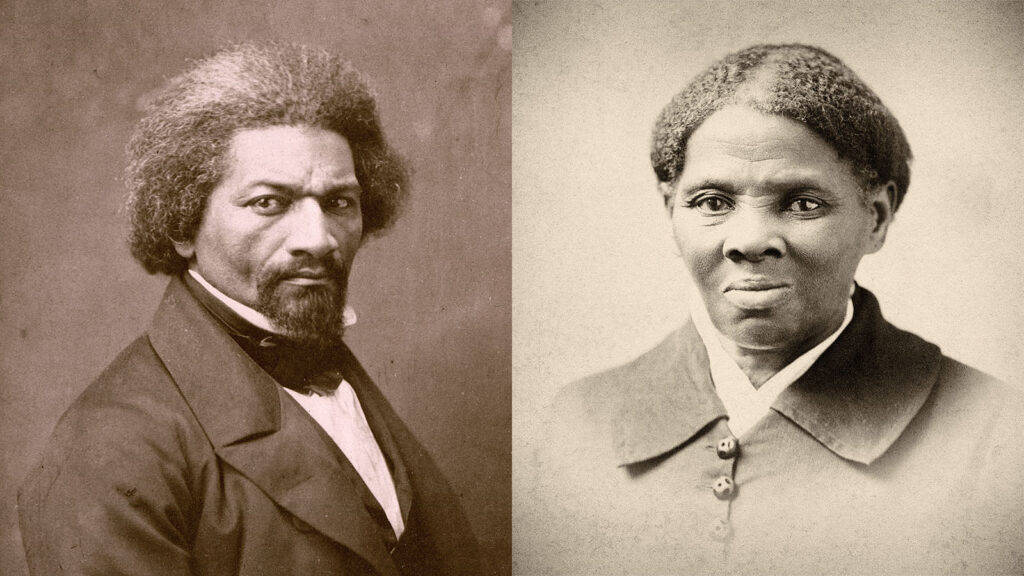
Douglass advocated for the abolition of slavery and for the rights of all people. He was quite vocal in his advocacy for women’s suffrage. When the first women’s rights convention was held in 1848 in Seneca Falls, New York, he was there, working alongside feminists like Elizabeth Cady Stanton.
Conflict Within The Union
Douglass advocated for the rights of black troops during the Civil War. Douglass pressed President Lincoln to take action after hearing that the South planned to execute or enslave any captured black soldiers.
By the end of the war, Lincoln had threatened to execute a Confederate soldier for every Union prisoner that was killed. Douglass also met with members of Congress and Lincoln to advocate for fair treatment of black soldiers serving in the war.
Also read: Observing National Michigan’s Day, Facts And More 2023 Updated
Succumbing To Death And Leaving A Mark
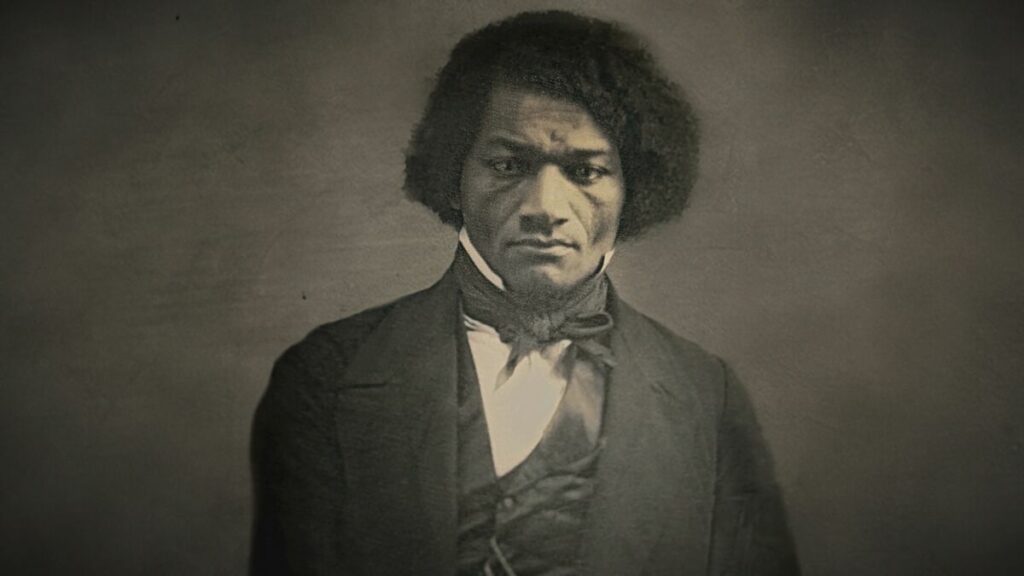
On February 20, 1895, Douglass passed away from what may have been a heart attack or a stroke. The Frederick Douglass Memorial Bridge and the Frederick Douglass National Historic Site are just a couple of the many monuments dedicated to him and his writings that ensure his legacy will never be forgotten.
Curious Facts About The Life Of Frederick Douglass
- Anna, Frederick Douglass’ first wife, died after a long and happy marriage of 44 years. They raised a brood of five children in total.
- Douglass was opposed to joining John Brown in his raid on Harpers Ferry.
- The Equal Rights Party once put his name up as their candidate for Vice President of the United States.
- As an ally of President Andrew Johnson, he helped advance the cause of black voting rights (the right to vote).
- He once observed, “No man can put a chain about the ankle of his fellow man without eventually finding the other end attached about his own neck.”
Conclusion
For the rest of his life, Frederick Douglass would work tirelessly to improve conditions for African-Americans. During the Civil War, he spoke with Abraham Lincoln and enlisted black men from the north to fight for the Union. After the war, he advocated for the equality of women and African-Americans.

